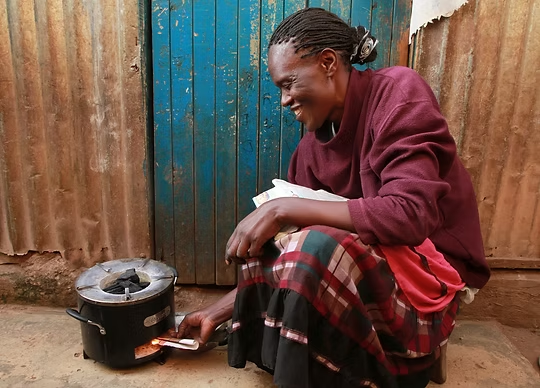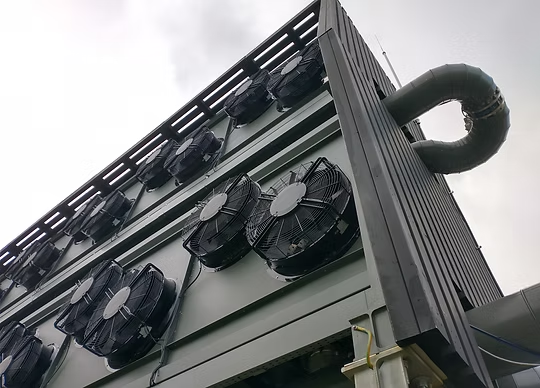Climeworks
This recommendation was last updated in November 2022. It may no longer be accurate, both with respect to the evidence it presents and our assessment of the evidence. We do not have plans to update this recommendation in the foreseeable future as we have paused our work assessing direct carbon removal and offset projects. Questions and comments are welcome.
Giving Green believes that donating to our top recommendations is likely to be the most impactful giving strategy for supporting climate action. However, we recognize that contributing to policy advocacy (as most of these nonprofits do) may not be tenable for all donors, especially businesses. Taking this into consideration, we recommend Climeworks specifically for businesses given its more direct alignment with corporate net-zero ambitions. We believe Climeworks to be a high-impact option, but we are unsure of the extent to which its cost-effectiveness approaches that of our top recommendations.
Overview of Climeworks
Climeworks is a Switzerland-based Direct Air Capture (DAC) company founded by engineers Christoph Gebald and Jan Wurzbacher in 2009.
At Orca, Climeworks’ DAC facility in Iceland, the CO2 is removed from the air and stored underground in partnership with the Icelandic mineralization company, Carbfix.
Climeworks has a policy against working with fossil fuel production companies as clients or investors. Such companies are common partners for DAC companies, as certain types of fossil fuel extraction can be made more efficient and productive by injecting CO2 underground in a process called enhanced oil recovery (EOR). Given that the climate impact of these projects depends on many factors, Climeworks’ focus on other types of projects is compelling.1
Climeworks’ growing customer base consists of over 160 companies,2 including multinationals such as Microsoft, BCG, UBS or Swiss Re, as well as more than 16,000 individual Climate Pioneers.3
The company uses technology it created to collect CO2 from the surrounding air. This happens through a two-step process of drawing air into a “collector” using large fans and filtering it to capture CO2. After the CO2 is collected with the filters, the company heats the collector container, releasing the CO2 and enabling capture. The company has implemented multiple projects accumulating to hundreds of thousands hours of operation across different countries, and is currently expanding.
In 2017, Climeworks opened a DAC facility in Hinwil, Switzerland, to capture CO2 and provide it to commercial partners such as a Swiss greenhouse and a Coca-Cola bottler. In 2022, Climeworks closed its commercial operations in order to focus on permanent removals through its international direct air capture and storage (DAC + S) projects.4 Its current permanent carbon removal facility, Orca, in Iceland, will soon be complemented by a new facility, Mammoth, with nearly 10x the capacity of Orca.5
In September 2022, Climeworks announced the successful implementation of its 3rd party verified methodology, co-created with Carbfix, for certification with risk and assurance international leader DNV, enabling the production of the world’s first Certified CDR via DAC+S.6
Carbon removal services
Climeworks sells carbon removal as a service on the voluntary carbon market through its Orca facility, based in Iceland.7 Climeworks has partnered with Carbfix, the Icelandic mineralization company, to deposit the CO2 deep underground into geological formations where the CO2 reacts with the minerals around it and forms solid materials. This is considered to be one of the safest and most durable ways to store CO2, as it is extremely unlikely to leak back into the atmosphere. When a carbon removal service is purchased from Climeworks, the company either puts that money into the operational costs associated with running its DAC project or into the financing of new projects. The Climeworks team claims that the carbon removal services that it sells go directly to removing additional tons of CO2 from the atmosphere, as all the money it receives goes into operational and modular expansion costs (more on this below).
1 “Above all, pricing carbon, eliminating subsidies for fossil fuels, investing in electric vehicles and enacting other policies to reduce oil demand will be critical both to realize the potential emissions reductions from CO2-EOR and to ensure the world transitions off of oil and other polluting fuels as quickly as possible.” Mulligan and Lashof, 2019.
2 Climeworks email correspondence. 2022-11-28
3 Climeworks Newsroom. https://newsroom.climeworks.com/
4 “Today, Climeworks completes the commercial operation phase of its first technology generation in Hinwil, Switzerland, as the company focuses on scaling its permanent carbon dioxide removal (CDR) service via direct air capture and storage (DAC+S) internationally.” https://climeworks.com/news/climeworks-completes-commercial-operations-in-hinwil
5 “With a nominal CO₂ capture capacity of 36,000 tons per year when fully operational, Mammoth represents a demonstrable step in Climeworks' ambitious scale-up plan: multi-megaton capacity by 2030, on track to deliver gigaton capacity by 2050.” https://climeworks.com/news/climeworks-announces-groundbreaking-on-mammoth
6 “Climeworks and Carbfix developed the world's first full-chain certification methodology dedicated to carbon dioxide removal via direct air capture and underground mineralization storage. This methodology has been validated by the independent quality and assurance leader DNV.” https://climeworks.com/news/certification-methodology-for-permanent-carbon-removal
Theory of Change
Funds generated by the sale of carbon removal services feed the immediate operational costs that keep the DAC plants operating, as well as signal market potential to investors. The following theory of change diagram outlines this process:
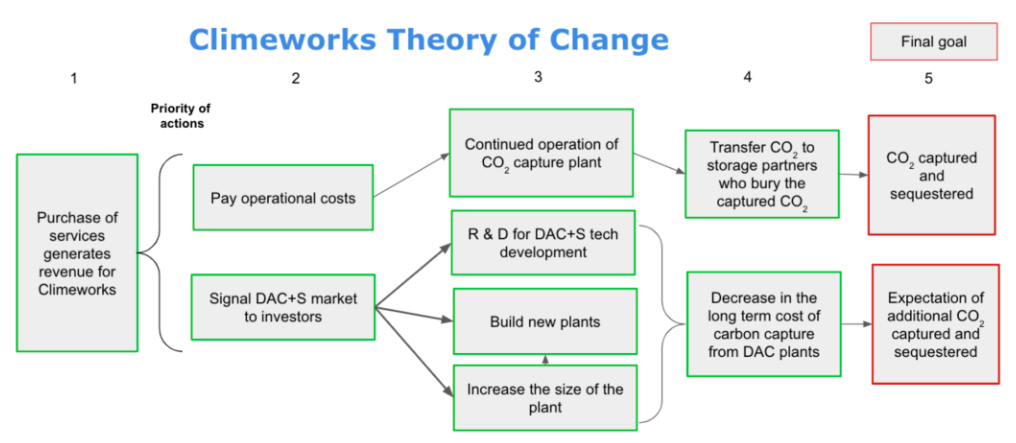
Mechanism
Purchasing carbon services from Climeworks funds carbon removal, directing money towards its DAC+S projects.
Casuality
We assess the following elements to determine causality of a DAC project:
- Successful removal of carbon from the atmosphere;
- Successful sequestration;
- Minimal leakage of CO2;
- Minimal carbon intensity of energy required;
- Byproducts of sequestration.
Successful carbon removal
Climeworks’ Orca project received third party verification through DNV in June 2021,8 meeting the standards outlined in ISO 14064-2 and its own DAC methodology. The Orca project is the first DAC permanent carbon removal project to be validated, adding another layer of trust and signal of advancement to the technology and its implementation.
Successful sequestration
In Iceland, Climeworks has partnered with Carbfix to deposit CO2 underground in areas where the CO2 will react with the underlying rock and form solid material (carbonates). The mineralization process used by Carbfix has been rigorously monitored and tested, demonstrating success at commercial scale.9
Minimal leakage of CO2
Because Climeworks’ sequestered carbon is mineralized, we view the likelihood of leakage of CO2 with Climeworks as very low.
Minimal carbon intensity of energy required
DAC is an energy intensive process. Climeworks has built its system on top of a geothermal power plant which provides renewable energy, meaning that the carbon footprint of its operations is relatively low—confirmed by an LCA to be at 10% or below. Emissions associated with the construction of the plant, its operations, and its end of life are accounted for, as Climeworks sells "net removals".10 We are sufficiently convinced that the CO2 it removes far outstrips its carbon footprint.
8 “Climeworks’ new large-scale direct air capture plant “Orca” has successfully achieved independent third-party validation from DNV, the global leader in quality and risk assurance.” https://climeworks.com/certification-and-mrv-in-the-carbon-removal-industry
9 “To date, over 70,000 tons of CO2 have been successfully stored at the Carbfix injection site in Hellisheiði, Iceland. To ensure that mineralisation is taking place and that the CO2 is being safely stored, established monitoring techniques are employed.” https://www.carbfix.com/proven
10 “A recently published independent life cycle assessment (LCA) now provides new insights on the technology’s net environmental benefit. The assessment was carried out by RWTH Aachen University - using data from Climeworks. It shows that for typical operation conditions the environmental benefits of direct air capture far outweigh the impact caused by building and operating the technology.” https://climeworks.com/news/life-cycle-assessment-direct-air-capture
Additionality
Climeworks’ projects require a significant upfront capital investment and ongoing operational costs. The funds from carbon removal services are its greatest source of revenue; they cover the operating costs of capturing and storing CO2 at existing facilities as well as the financing necessary to develop new projects.11
Project-level additionality
Because the entire Climeworks DAC project relies on demand for carbon removal, we believe Climeworks has a clear case for project-level additionality. Although investors cover much of its current capital costs, these exist because of expectations of future revenue streams. Climeworks has also confirmed that most of its current revenue comes from carbon removal service sales.12
Marginal additionality
Climeworks’ operational costs are extremely high due to the novel nature of its technology. Carbon removal services go towards these operational costs and, according to the company, directly enable more CO2 to be captured and injected underground by “keeping the lights on.” Therefore, a steady stream of income keeps the project functioning.
Beyond the immediate CO2 removed at the Iceland facility, purchasing carbon removal services provides ancillary benefits to Climeworks and its climate impact:
- Carbon removal services signal to investors that there is a market for DAC technology, which means that private investors are likely to push money into developing better DAC technology and expanding the company’s projects. We believe this will have downstream effects on the amount of CO2 that can be removed in the long run.
- Climeworks has built its technology to be modular, meaning that it can add small additional units that increase its capacity for DAC. Climeworks newest facility, Mammoth,13 is equity financed.14
Therefore, we believe that every offset purchase contributes to additional carbon removal in the future. As such, we are confident that Climeworks’ carbon removal services are highly additional.
Profits
Climeworks is a for-profit company, meaning income from carbon removal services may eventually go to profits instead of removing CO2. We are not yet worried about this issue given that it requires a significant upfront capital investment to build its facilities. This investment is unlikely to happen without a profit motive for investors, meaning that a for-profit structure is likely one of the only ways this technology and these projects could exist. While we are currently satisfied with the information we have received from Climeworks, we hope that in the future that financial information will be publicly available so that carbon removal purchasers can be sure that their funds are used for CO2 removal.
11 “Our carbon removal services are our primary source of revenue.” Climeworks email correspondence, 2022-11-09.
12 “Our carbon removal services are our primary source of revenue.” Climeworks email correspondence, 2022-11-09.
13 "Climeworks breaks ground in Iceland to build its newest and largest direct air capture and storage facility, called Mammoth.” https://climeworks.com/news/climeworks-announces-groundbreaking-on-mammoth
14 “Climeworks breaks ground in Iceland to build its newest and largest direct air capture and storage facility, called Mammoth.” Climeworks, 2022; “Mammoth is equity financed.”, Climeworks email correspondence, 2022-11-09.
Permanence
We view Climeworks’ DAC process as highly permanent. As discussed above, the CO2 forms a solid material when sequestered. It has tracked this process carefully; we are confident that the DAC process works as outlined. Converting the CO2 into a solid material avoids the potential problem of the CO2 leaking back into the atmosphere.
Co-benefits
We are unaware of any co-benefits from Climeworks’ carbon removal services.
Cost-effectiveness
When considering the price per ton of CO2 removed directly, Climeworks does not appear to be one of the most cost-effective options currently on the market. It currently costs around $1200 for a retail purchaser to remove a ton of CO2 with Climeworks; corporate prices are confidential and depend on parameters such as volume and length of commitment.15 However, we believe that this “simple” cost-effectiveness evaluation is misleading, and the true value of purchasing a removal service from Climeworks comes through supporting the market for and development of carbon removal technology.
In the appendix, we detail our efforts to model these benefits. Modeling the future of Climeworks’ removals requires difficult assumptions, with key ones being how carbon removal service purchases affect the growth rate, how price decreases trigger increases in demand, and how one values the future. Projecting 30 years out to the future, we come to a rough estimate that purchasing carbon removal services now actually contributes to 44 times the current carbon removal, or a cost of $25 per ton. This number is sensitive to many assumptions (detailed in the appendix). Our model should not be taken literally as a prediction of Climeworks’ growth or costs, and we have not compared our model to Climeworks’ projections of its growth. However, we do believe the general premise of the model: by purchasing carbon removal services from Climeworks now, one is making an important contribution to the development of DAC technology, which will drive down costs and therefore increase carbon removal in the future. Climeworks projects that prices can drop to $250-350/t in the next decade once removal technologies reach multi-megaton capacity and deployment.16
15 “Our carbon removal pricing conditions for corporate customers are confidential and a function of various parameters, like volume and length of commitment.” Climeworks email correspondence, 2022-11-09.
16 “The cost of Direct Air Capture, or DAC, technology is expected to drop as low as $250-$300/mtCO2e by the end of this decade for a range of a multi-megaton capacity, Barbara Truyers, manager for strategic partnerships at Climeworks, told S&P Global Commodity Insights.” https://www.spglobal.com/commodityinsights/en/market-insights/latest-news/energy-transition/042222-cost-of-capturing-co2-from-air-to-drop-to-250-300mtco2e-end-decade-climeworks
Conclusions
We recommend purchasing carbon removal services from Climeworks for the following reasons:
- We have high certainty that Climeworks is permanently removing CO2 from the atmosphere;
- We believe that each dollar invested in its work will additionally remove carbon;
- We are convinced that investments in its work right now are being used to remove carbon as opposed to simply maximizing profit;
- We see long-term potential in its DAC technology;
- Carbon removal services purchased now contribute to potentially drastic long-term cost reductions for Climeworks.
The main drawback of Climeworks is that it is currently very expensive ($1200/ton) to remove carbon relative to other options. The hope that supporting Climeworks will hopefully reduce the cost of its frontier carbon-removal technology justifies this concern, as we aim to illustrate in our long-term projections. You can purchase carbon removal services from Climeworks on its website.
We thank Dr. Jan Wurzbacher, co-founder of Climeworks; Clémence Favre, B2B Marketing Manager at Climeworks; and several other experts for a series of conversations that informed this document.
Appendix: Modeling Long-term Costs
Note: This model was developed in 2021 using a cost estimate of $1100/ton for Climeworks’ removal services. The current price for retail donors as listed on its website is $1200/ton.
Purchasing a ton of removal from Climeworks, or from any early-stage technology offering permanent removal, is quite expensive on face. We believe that much of the value of this purchase lies in its ability to catalyze further improvements in the technology, making future removal cheaper and driving adoption; the value of a purchase now is thus not only in the ton of carbon removed today, but in the tons removed in the future because of the firm’s increased ability to scale, bring down prices, and attract further buyers.
To illustrate this effect, we created a simple cost-effectiveness model. We do not believe this is an accurate projection of Climeworks’ future removal capacity, revenue, or any other parameter mentioned here. Our goal is not to predict Climeworks’ growth over time. It is to show the relative difference in potential growth caused by offset purchases, and to illustrate the mechanism by which the purchase of a carbon credit has an impact beyond the ton of carbon immediately removed. We have low confidence in the model and have published it here; we encourage others to question, critique, and build on our assumptions.
Our model has four main components:
- Baseline + Growth: Climeworks will become more efficient and grow its operations year over year by a moderate amount, even if it attracted no new sources of revenue; this means that for a fixed yearly “baseline removal budget”, more carbon is removed, and prices decrease. We assume that purchasing offsets increases the growth rate, an assumption which we detail in the following section.
- Demand: We assume that as prices decrease in one year, more consumers will purchase carbon removal the next year, and refer to this “demand generated above baseline” as an additional stream of revenue and removals.
- Credits: We model credits as a fixed amount of money spent per year at whatever price was set in the prior year. Credits also increase the growth rate applied to the growth amount.
- Total removal & costs: Based on #1-3, we calculate the total removal. We then calculate the cost per credit using the “baseline removal budget”, the additional demand, and the credits.
We evaluate three scenarios:
- No offsets: A scenario in which credits is 0, and carbon removal is the sum of growth and demand.
- Offset in year 1: A set dollar amount of offsets is purchased in Year 1, meaning that growth rate is higher in Year 1 as well. In Year 2 and beyond, growth rate returns to baseline, and no additional credits are purchased.
- Offset every year: A set dollar amount of offsets is purchased in every year, meaning growth rate is elevated every year.
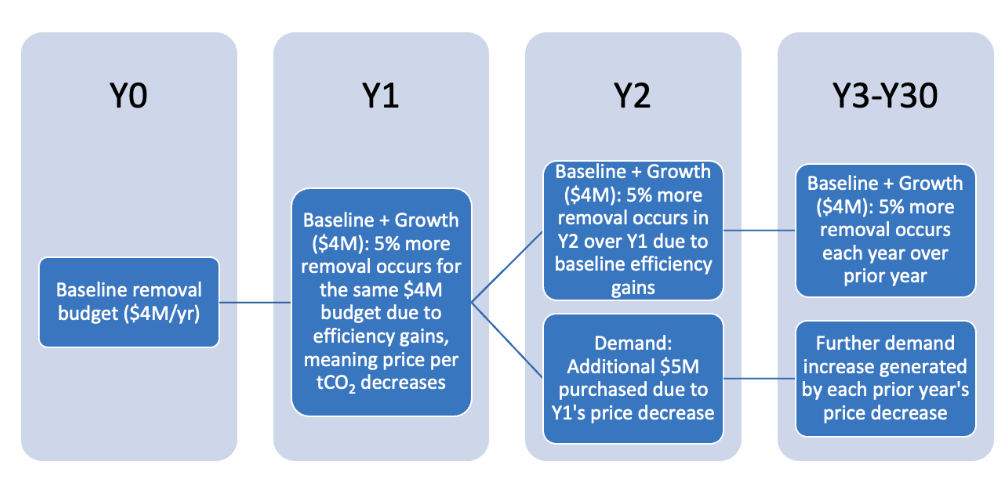
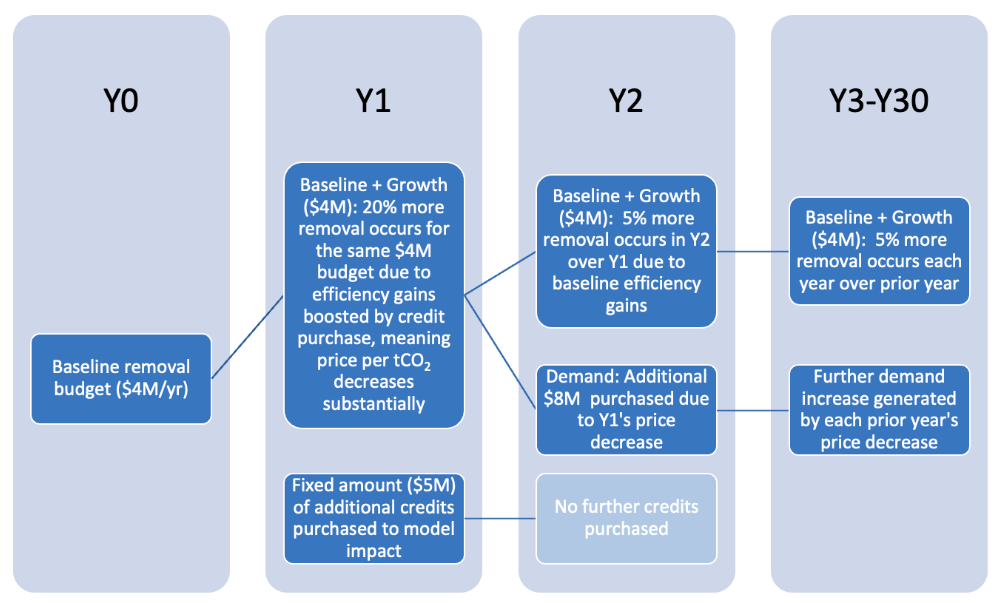

Baseline + Growth:
We concentrate our modeling efforts on how purchasing carbon credits from Climeworks lead to advancements in DAC technology and the ability to scale, and how this “learning” will contribute to falling costs in the future. We are inspired by, but not strictly following, the idea of a technology learning rate; that is, that one can empirically observe the rate at which the unit cost of a technology falls as its cumulative output doubles. The learning rate does not attempt to describe the mechanism by which this happens.
We choose to model costs falling over time, rather than over cumulative output. For our purposes, we can imagine that every year, the cost of direct air capture falls due to the firm learning how to maximize efficiency in the process of operating the removal service; offsets increase the firm’s capacity to remove carbon, thereby increasing the amount of learning that happens in a given year.
Climeworks claims to be capable of removing 4000 tons of CO2 per year at their newest Iceland facility and they sell credits at about $1100 USD per ton of carbon removed. We use this as the baseline ‘year 0’. While corporate bulk buyers can purchase credits for less, and Climeworks’ true operating cost is closer to $500-600/tCO2, we use the assumption of $1100/tCO2 because this is closer to the price available to a retail consumer, and therefore determines the cost-effectiveness of the retail consumer’s contribution.
The model addresses how costs change over time as the DAC process becomes more efficient. Applying the modeling concepts laid out in The Carbon Dioxide Removal Primer to the idea of growth over time, we assume that growth is directly a function of the amount of CO2 removed in the previous year. Therefore, purchasing offsets increases growth, and makes all future DAC more efficient. The primer gives the range of reasonable learning rates to be between 5% and 30%, which we apply to our growth rate. We use a linear model to quantify the relationship between CO2 removed and growth:
GR=0+1X
where GR is the growth rate expressed as a proportion, 0 is the minimum amount of learning that occurs even in the absence of offsets, X represents offset dollars (in millions), and 1 is the change in the learning rate for $1M in offsets. The growth rate is set to 30% if the value estimated from the linear model is more than 0.30. When implementing this model, we fixed 0=0.05 to correspond to the minimum 5% learning threshold, and 1=0.01, a very rough estimate based on the order of magnitude of Climeworks’ current funding. Figure 1 shows how the estimated learning rate changes as a function of varying X.
We also assume that the price of removal cannot fall below $30/ton; this is the “residual cost” used in a recent analysis of Climeworks.
Applying this model on an annual basis, we project the amount of carbon removed each year.
Demand:
We assume a simple linear relationship between demand in a given year (expressed as dollars spent on Climeworks’ carbon removal service; in reality, one can imagine this being a combination of carbon credits and commodity carbon dioxide purchases) and price in the prior year. We assume two parameters, m and b, and introduce a relationship between the two such that the line will always intersect the point representing the initial assumed price and 0 additional demand: in our assumptions, $1100/ton.
Credits:
We attempt to assess the cost-effectiveness of the money spent in the “credits” category. We assume a fixed dollar amount of credits is purchased in any year that credits are applied (i.e. dollar amount does not go up and down with price). As price goes down, tons of CO2 removed via credits goes up.
Scenario analysis:
We evaluate under three scenarios: (1) no offsets enter the system, and minimal growth occurs, (2) $5M in offsets sold in year 1 only, and (3) $5M in offsets are generated each year.
Each of these scenarios are projected out 30 years and compared at years 10, 20, and 30. The primary endpoint (Table 1) is to estimate the cost for each additional ton of CO2 removed, including both the direct effect of the current offset as well as increased growth and therefore additional removal in the future. We compare scenarios 2 and 3 against scenario 1: that is, we total the carbon removed and the money spent (in both the “demand” and “credits” projections) in each scenario, and divide the money spent on offsets in scenario 2 over scenario 1 by the additional carbon removed, and repeat for scenario 3. We calculate these numbers with no discounting and with a 3% yearly discount rate.

The price per ton of CO2 when the future growth enabled is taken into account is much lower than the $1100/ton price for present day removal. In the most generous scenario (offset once, no discounting, 30 years), offsetting right now removes CO2 at a price of $25/ton.
Regardless of the scenario, Climeworks is increasing their removal capacity each year in our models due to the minimum 5% growth rate. As a secondary endpoint, we show in Table 2 how the price of a carbon offset decreases due to scale.

We note that our projections, despite being estimates based on general concepts and not informed by any real physical or market characteristics of Climeworks’ work, are within a reasonable range of prior techno-economic analyses of DAC:
- Climeworks stated in 2019 that they have a roadmap to $200/ton “over the next five years” and that they intend to reach 1 million tons of removal annually by 2030. Our model likely makes conservative estimates about Climeworks’ growth. It is likely that Climeworks will grow substantially faster than 5-10% over the next few years; we do not explore this as we use a constant growth rate for 30 years. In addition, we use retail prices, where Climeworks’ statement is likely about true cost.
- A recent learning-by-doing model of Climeworks published by Klaus Lackner and Habib Azarabadi of Arizona State University’s Center for Negative Carbon Emissions estimates that $200MM of purchases are needed to bring down the cost of DAC to $100/ton. This is far lower than our model suggests, with a cumulative demand of over $1B before costs reach $100/ton, though their sensitivity analysis also explores amounts into the billions.
We do not assert our estimates to be precise and certainly refer interested readers to the growing body of literature on the economics of DAC, some of which we reference in our overview of DAC. We have low confidence in the exact outputs of the model. Our main goal here is to show the mechanism by which, under reasonable assumptions, carbon credits that support an early-stage removal technology can be shown to enable further removal in the future, and are thus more cost-effective than they may appear on face.
Select Resources
Note: This list was last updated in October 2021. For light updates we made in 2022, we include in-line citations.
“Background Information about Geologic Sequestration.” EPA, Environmental Protection Agency, 6 Sept. 2016, www.epa.gov/uic/background-information-about-geologic-sequestration.
“The Concept of Geologic Carbon Sequestration.” USGS , Mar. 2011, pubs.usgs.gov/fs/2010/3122/pdf/FS2010-3122.pdf.
Brennan, S.T., Burruss, R.C., Merrill, M.D., Freeman, P.A., and Ruppert, L.F., 2010, A probabilistic assessment methodology for the evaluation of geologic carbon dioxide storage: U.S. Geological Survey Open-File Report 2010–1127
Sundquist, Eric, Burruss, Robert, Faulkner, Stephen, Gleason, Robert, Harden, Jennifer, Kharaka, Yousif, Tieszen, Larry, and Waldrop, Mark, 2008, Carbon sequestration to mitigate climate change: U.S. Geological Survey Fact Sheet 2008– 3097
“What’s the Difference between Geologic and Biologic Carbon Sequestration?” What's the Difference between Geologic and Biologic Carbon Sequestration?, 2020, www.usgs.gov/faqs/what-s-difference-between-geologic-and-biologic-carbon-sequestration?qt-news_science_products=0#qt-news_science_products.
Douglas W. Duncan and Eric A. Morrissey. “The Concept of Geologic Carbon Sequestration, Fact Sheet 2010-3122.” USGS Publications Warehouse, 2010, pubs.usgs.gov/fs/2010/3122/.
“CCS Explained.” UKCCSRC, 13 Dec. 2019, ukccsrc.ac.uk/ccs-explained/.
Roberts, David. “Pulling CO2 out of the Air and Using It Could Be a Trillion-Dollar Business.” Vox, Vox, 4 Sept. 2019, www.vox.com/energy-and-environment/2019/9/4/20829431/climate-change-carbon-capture-utilization-sequestration-ccu-ccs.
“Geologic Sequestration in Deep Saline Aquifers.” Geologic Sequestration in Deep Saline Aquifers | EARTH 104: Earth and the Environment (Development), 2020, www.e-education.psu.edu/earth104/node/1094.
“Sequestration Map MIT.” Google Maps JavaScript, sequestration.mit.edu/tools/projects/ccs_map.html.
Elliott, Rebecca. “Carbon Capture Wins Fans Among Oil Giants.” The Wall Street Journal, Dow Jones & Company, 12 Feb. 2020, www.wsj.com/articles/carbon-capture-is-winning-fans-among-oil-giants-11581516481#:~:text=Chevron%20has%20invested%20in%20companies,natural%20gas%20or%20making%20cement.
Kintisch, Eli. “Can Sucking CO2 Out of the Atmosphere Really Work?” MIT Technology Review, MIT Technology Review, 2 Apr. 2020, www.technologyreview.com/2014/10/07/171023/can-sucking-co2-out-of-the-atmosphere-really-work/.
Peters, Adele. “We Have the Tech to Suck CO2 from the Air–but Can It Suck Enough to Make a Difference?” Fast Company, Fast Company, 17 June 2019, www.fastcompany.com/90356326/we-have-the-tech-to-suck-co2-from-the-air-but-can-it-suck-enough-to-make-a-difference.
McQueen, N., Kolosz, B., and McCormick, C. “Analysis and Quantification of Negative Emissions” CDR Primer (2021), edited by J Wilcox, B Kolosz, J Freeman
Lackner, K. S., & Azarabadi, H. (2021). Buying down the Cost of Direct Air Capture. Industrial & Engineering Chemistry Research, 60(22), 8196–8208. https://doi.org/10.1021/acs.iecr.0c04839.
Support Our Work
Giving Green Fund
One fund. Global impact. One hundred percent of your gift supports a portfolio of high-impact climate organizations, vetted by our research.
Best for:
Donors who want the simplest way to impact multiple climate solutions.
Top Climate Nonprofits
Meet the organizations on Giving Green’s list of high-impact nonprofits working to decarbonize our future, identified through our rigorous research.
Best for:
Donors who want to give directly and independently.
Support Our Work
We thoroughly research climate initiatives so you can give with confidence. For every $1 we receive, our work unlocks another $21 for effective climate solutions.
Best for:
Donors who want to amplify their impact through research.
.png)
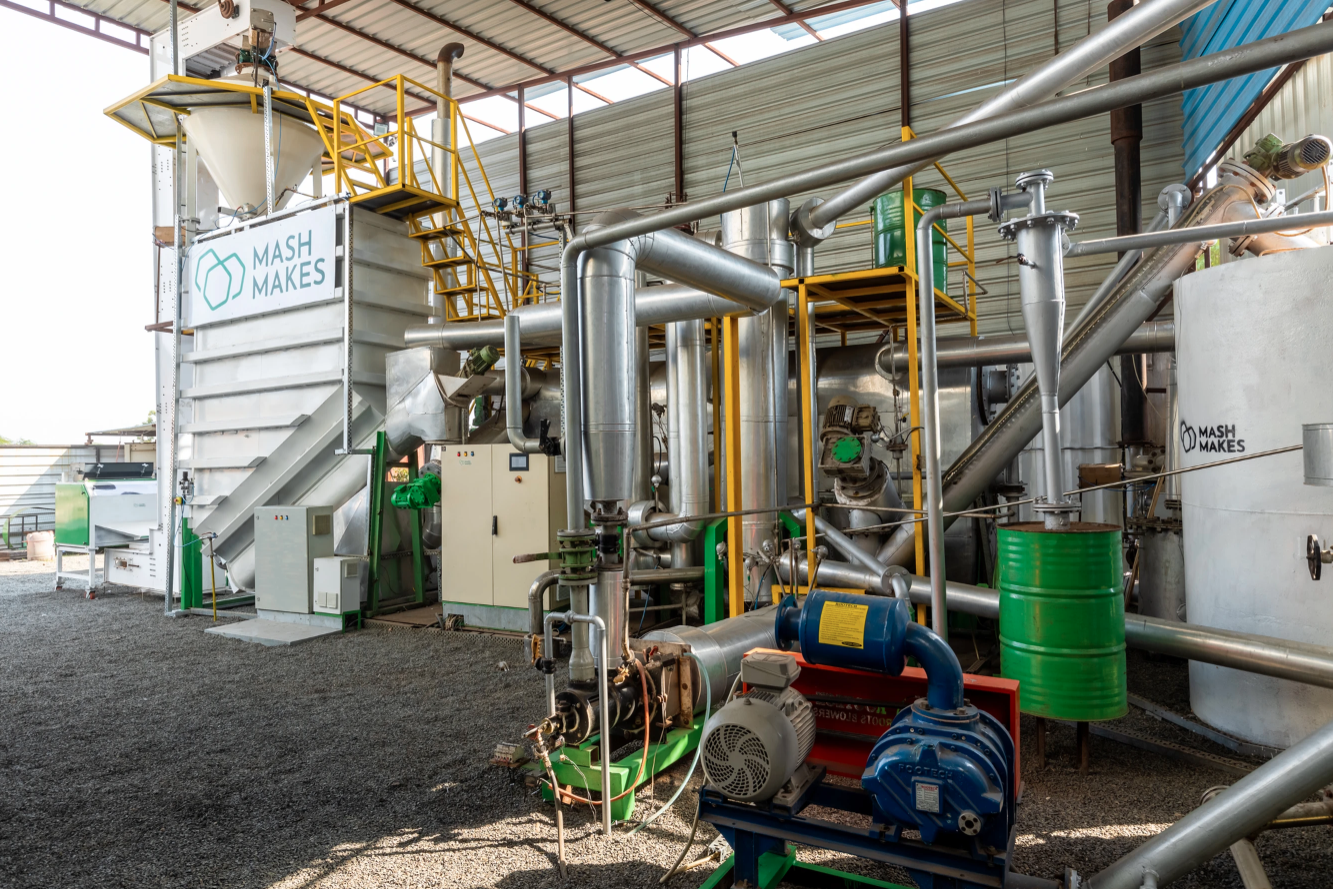

.png)

.png)

.png)

.png)


.png)



.png)
.png)
.png)
.png)

.png)



.png)
.png)

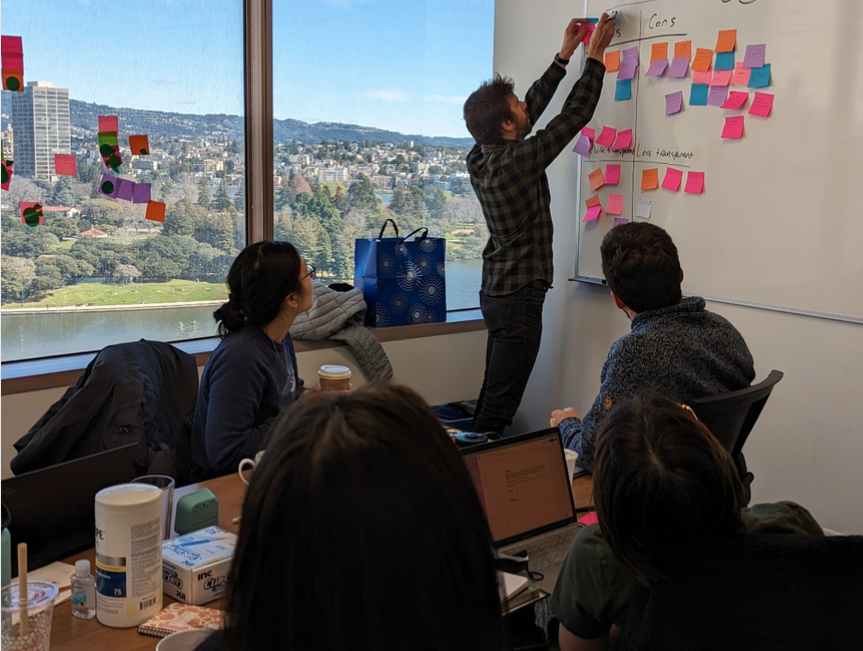
.png)
.png)
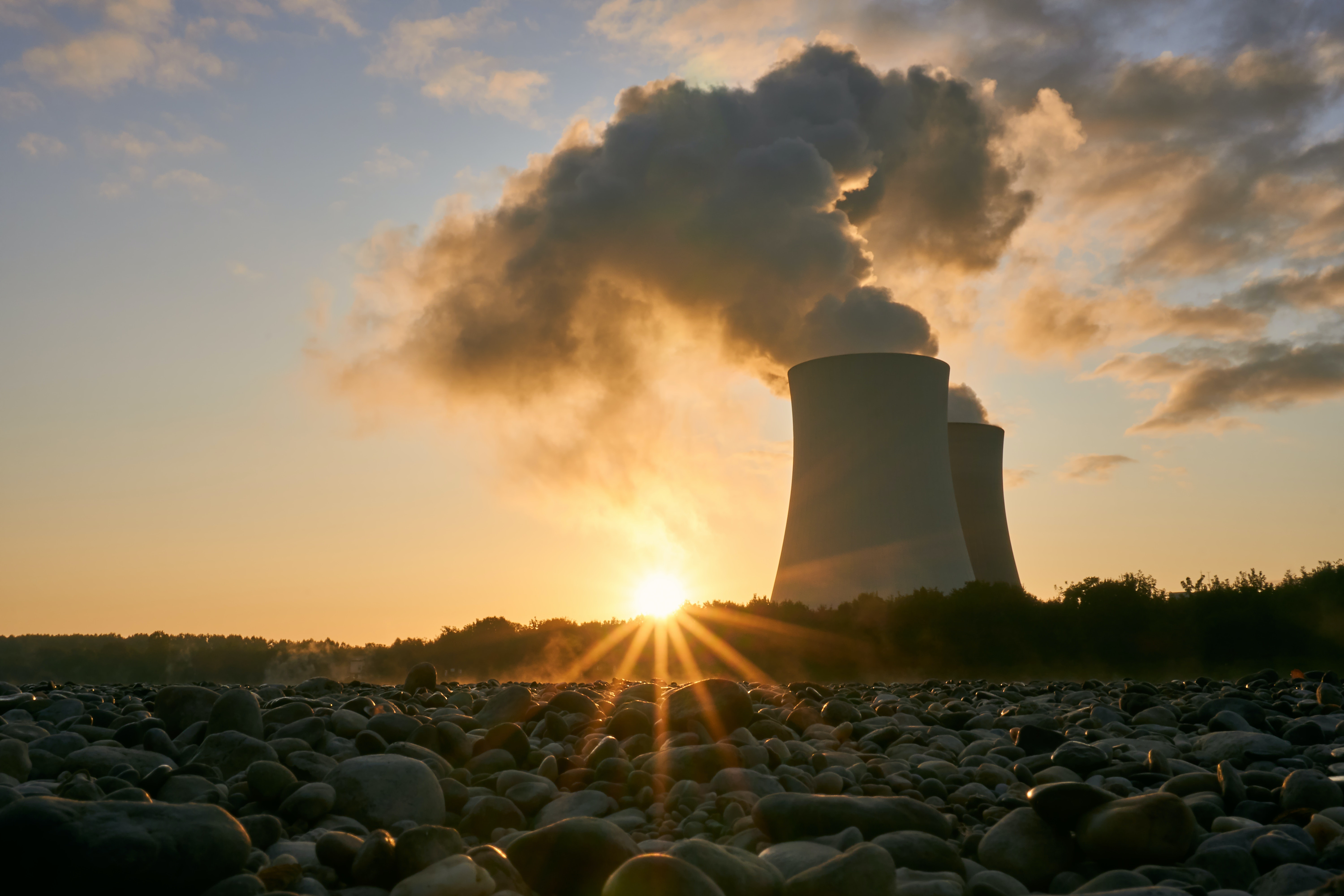


.png)



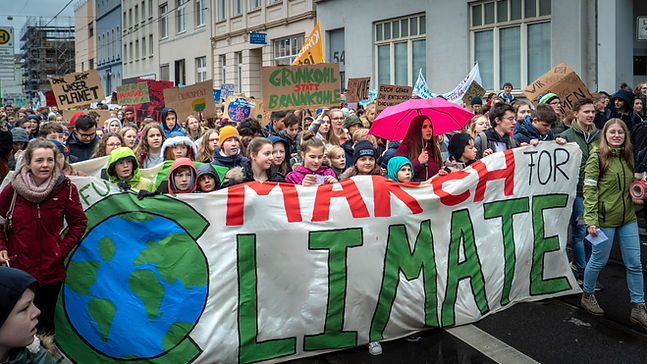
.png)

.png)
.png)





.png)


.png)

.png)
.png)
.png)

.png)
.png)

.png)
.png)
.png)
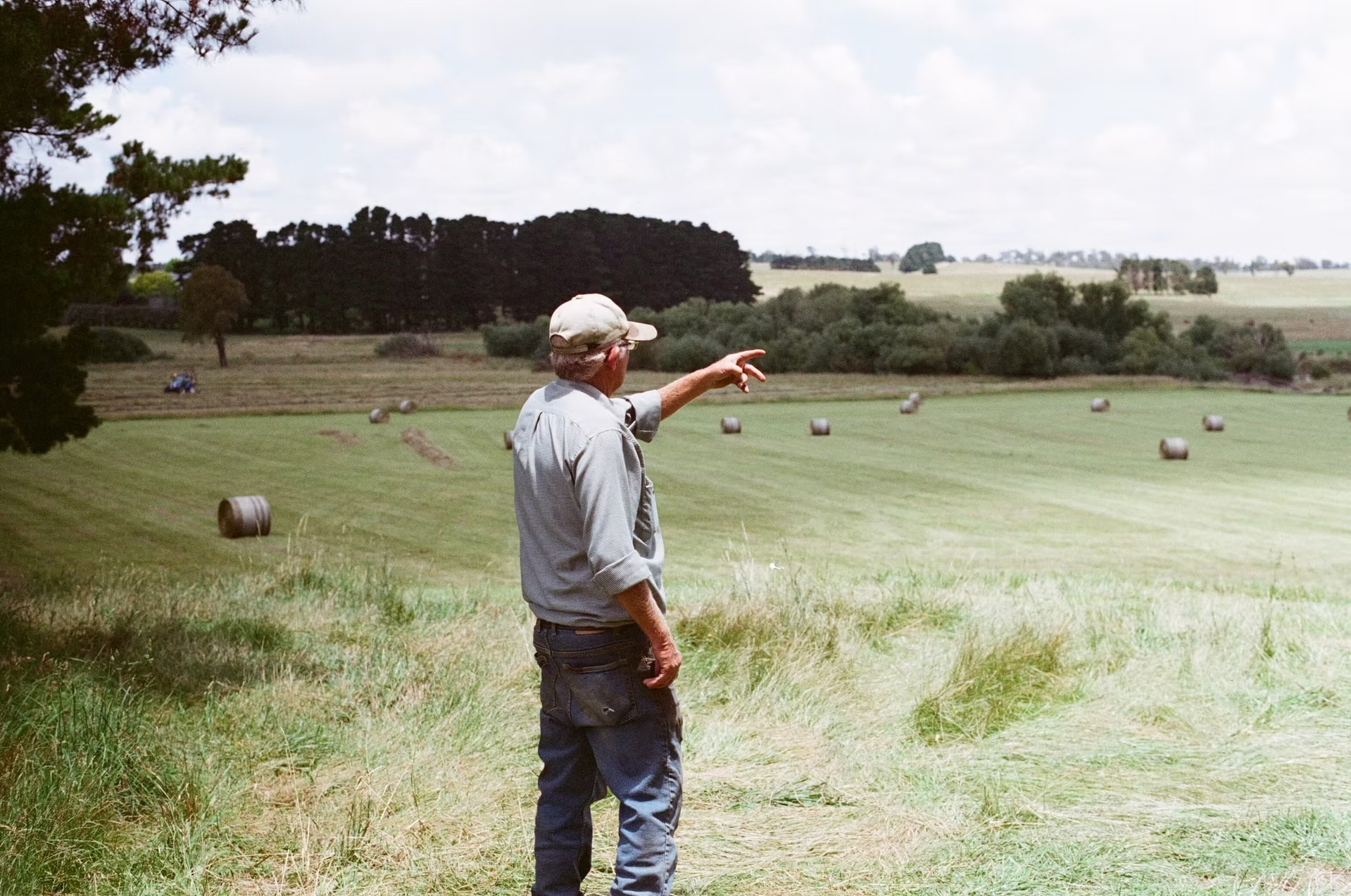



.png)








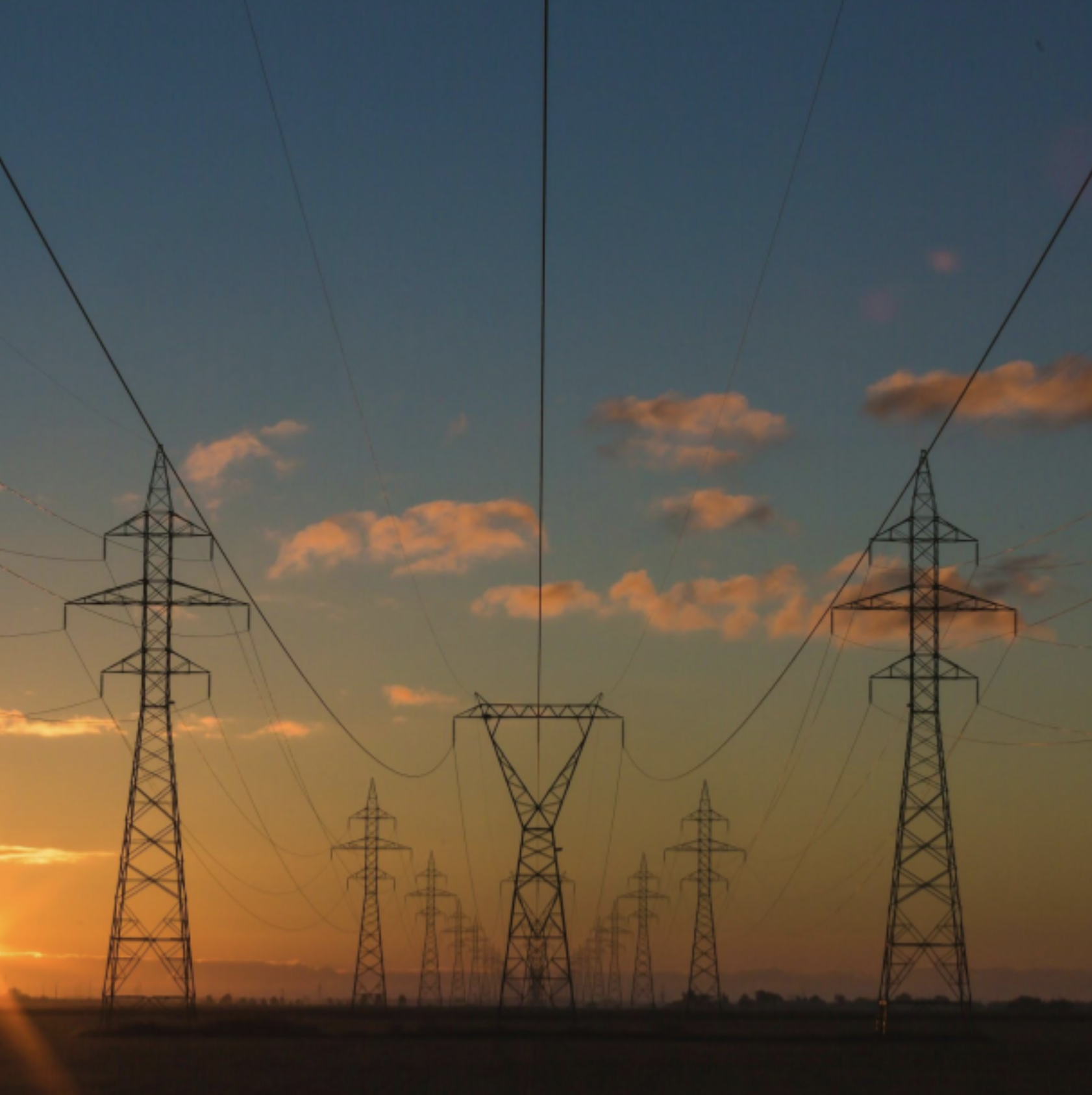

.png)
.png)
.png)

.png)

.png)

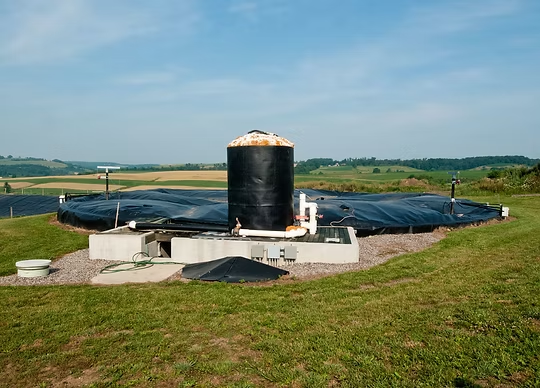
.png)
.png)
